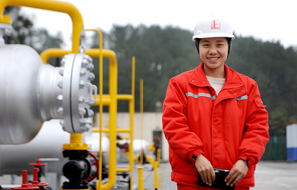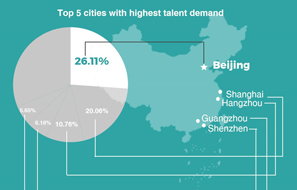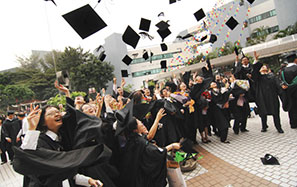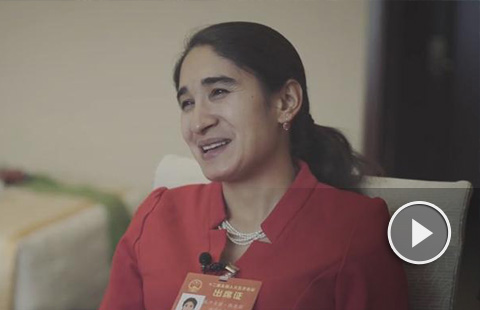Sci-tech groups to take new social roles
Government will transfer some responsibilities to associations
Vice-President Li Yuanchao urged science-and-technology associations and societies to strengthen their social management roles.
Li made the call in a speech at the opening ceremony of the 15th Annual Meeting of the China Association for Science and Technology, which began in Guizhou province's capital Guiyang on Saturday.
The China Association for Science and Technology is the country's largest nongovernmental organization of scientific and technological workers, with 181 member societies. The annual meeting is a grand gathering of China's science community, staged annually in different cities since 1999.
Li said the government's transformation requires the association to assume responsibility for some social functions.
Science societies often engage in public service.
The Chinese Medical Association performs well in medical malpractice appraisals. The China Fire Protection Association drafts industry and technical standards. And the Chinese Society for Environmental Sciences assesses environmental damage.
The associations have many such advantages in project appraisals, scientific result evaluations and technical standard formulations, Li said.
He said he hoped they are proactive in taking on the social responsibilities transferred to them from the government.
Li added they should accept supervision and expand accountability.
The association's president Han Qide said: "Scientists cannot live cut off from society. Society will provide stable and consistent support to scientists only if scientists assume social responsibility."
Han cited the Guangdong Institute of Food Science and Technology, which established a food sci-tech service platform in 2010 that amended and drafted 18 national food standards and provided 157 consultative services.
"Amid the government's transforming roles, more functions like professional qualifications and research evaluations are being transferred to prestigious science associations," Han said. "This is both an opportunity and a challenge for us."
The meeting also addressed the quality of China's scientific journals.
Only 5 percent of the country's more than 5,000 scientific journals are published in English. Even fewer qualify as internationally influential.
The country should also improve its Chinese-language journals, while the number and quality of English-language journals should be expanded, Li said.
Institute of Scientific and Technical Information of China deputy director Wu Yishan said language is a major barrier to the sway of China's scientific publications.
"There are many working languages in the United Nations, but English is the de facto working language in the international science community," he said.
Only 20 percent of China's Science Citation Index papers were published in domestic journals in 2011. Thomson Reuters publishes the SCI to aggregate the world's most significant journals across 100 disciplines. Also in 2011, 155 Chinese science journals were included in SCI, accounting for 1.86 percent of SCI journals.




















